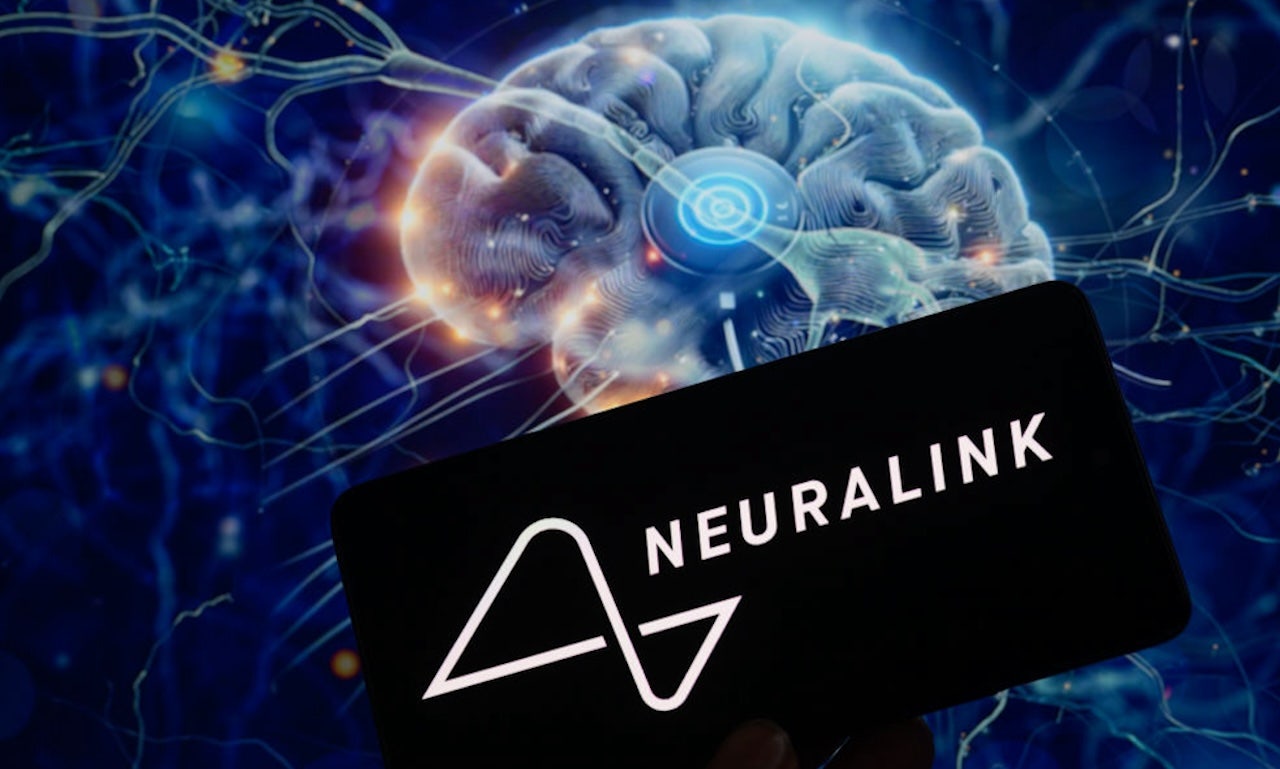WASHINGTON – The declaration of a COVID-19 public health emergency three years ago transformed the lives of millions of Americans by offering improved health care, increased food aid and universal access to coronavirus vaccines and testing.
Much of that is now coming to an end, and President Joe Biden’s administration says it plans to end emergency declarations on May 11.
Here’s a look at what will stay and what will disappear once the emergency order is lifted:
COVID-19 TESTS, TREATMENTS AND VACCINATIONS
The home nasal swabs, COVID-19 vaccines, and associated boosters, treatments and other products that scientists have been developing over the past three years will continue to be approved by the Food and Drug Administration for emergency use once the public health emergency has struck is over.
But how much people pay for certain COVID-related products is subject to change.
Insurers no longer have to cover the costs free COVID-19 tests at home.
However, free vaccines will not end with the public health emergency.
“Right now there is nobody who can’t get a free vaccine or a booster shot,” said Cynthia Cox, vice president of the Kaiser Family Foundation. “Right now, all vaccines that are being administered are still being purchased by the federal government.”
But the Biden administration has said it’s running out of money to buy up vaccines and Congress has not complied with the President’s demands for more money.
Many states expect to be able to weather the spring and summer, but there are questions about what their vaccine supply will look like in the fall — when respiratory illnesses typically start to rise, said Anne Zink, the Association of State president and territorial health officials.
“We’re all excited to hear more about it,” said Zink.
DRUG
Enrollment in Medicaid skyrocketed during the pandemic, in part because the federal government prohibited states from removing individuals from the program after they were enrolled during the public health emergency.
The program provides health care to approximately 90 million children and adults — or 1 in 4 Americans.
Late last year, Congress told states they could begin removing ineligible individuals in April. millions of people They are expected to lose their insurance coverage either because they are now making too much money to qualify for Medicare or because they have moved. Many are expected to be eligible for low-cost insurance plans through the Affordable Care Act’s private marketplace or their employer.
STUDENT LOANS
Federal student loan payments were halted under the Trump administration in March 2020 and have been on hold ever since. The Biden administration announced a plan to forgive up to $10,000 in state student loan debt for individuals earning less than $125,000 or households earning less than $250,000.
But that forgiveness plan — which more than 26 million people have applied for — has been paused and left in legal limbo while awaiting a Supreme Court ruling.
The Ministry of Justice first argued that the education secretary had “wide powers” to waive rules in relation to providing financial assistance to students during a national emergency under the HEROES Act of 2003, which was passed during the wars in Afghanistan and Iraq.
A Biden administration official told The Associated Press on Tuesday that ending the health emergencies will not change the legal argument for canceling student loan debt, saying the COVID-19 pandemic has impacted millions of student borrowers who may have defaulted on their loans during the emergency.
The student loan payment pause is expected to end 60 days after the Supreme Court ruling.
IMMIGRATION AT THE BORDER
Border officials can still deny people the right to seek asylum, a rule introduced in March 2020 as COVID-19 began to spread.
These restrictions remain in effect at the US-Mexico border, pending review by the Supreme Court, regardless of the course of the COVID-19 emergency. Republican lawmakers sued after the Biden administration lifted restrictions known as Title 42 last year. The Supreme Court maintained the restrictions in December until it can consider the arguments.
The end of the emergency could reinforce the legal argument that Title 42 restrictions should no longer apply. The emergency restrictions fell under health regulations and were criticized for discouraging migrants from reaching the border rather than halting the spread of the virus.
TELEHEALTH
The arrival of COVID-19 has accelerated the use of fast telemedicinewith many providers and hospital systems moving their care to a smartphone or computer format.
The public health emergency declaration helped accelerate this approach because it lifted some of the strict rules that had previously governed telemedicine and allowed doctors to bill Medicare for services rendered virtually, encouraging hospital systems to do so to invest more in telehealth systems.
Congress has already agreed to extend many of these telemedicine flexibilities for Medicare through the end of next year.
NUTRITIONAL ASSISTANCE
Relaxed rules during the COVID-19 public health emergency made it easier for individuals and families to receive a benefit boost under the state’s Supplemental Nutrition Assistance Program (SNAP). Some state and congressional action has begun to take away some of that. Emergency grants — typically about $82 a month, according to the Food Research and Action Center — will expire as early as March in more than two dozen states.
Food aid for unemployed adults under 50 and with no children will also change after the public health emergency was lifted in May. During the declaration of the emergency, a rule was suspended that required these individuals to work 20 hours a week or attend vocational training to remain eligible for SNAP benefits. This regulation applies again from June. SNAP assistance to more low-income college students will also be accessed in June.
GOVERNMENTAL COVID EMERGENCIES
At least half a dozen states — including California, Delaware, Illinois, New Mexico, Rhode Island and Texas — still have some sort of COVID emergency declaration or disaster order in effect. But these arrangements have only limited practical effect.
The New Mexico public health emergency extended through Friday advised health facilities to comply with federal coronavirus requirements. Delaware remains in the grip of a “public health emergency” that has suspended staffing at long-term care facilities.
California Gov. Gavin Newsom, a Democrat, has announced that his emergency directive will end on February 28. Newsom has issued 596 specific orders during the pandemic, from stay-at-home mandates to tax return extensions. Most have expired, but he plans to ask lawmakers to make two laws permanent — one allowing nurses to order and dispense COVID-19 drugs, and another allowing lab workers to exclusively order coronavirus tests to process.
MONEY FOR HOSPITALS
Hospitals will take a big financial hit in May as the emergency comes to an end. You will no longer receive an additional 20% for Treatment of COVID-19 patients receiving Medicare.
The end of those payments comes at a time when many hospitals are under financial pressure, struggling with labor shortages and dealing with the pain of inflation, said Stacey Hughes, executive vice president of the American Hospitals Association.
—
Associated Press writers JoNel Aleccia in Los Angeles, Colleen Long and Seung Min Kim in Washington, and David Lieb in Jefferson City, Missouri, contributed to this report.
Copyright 2023 The Associated Press. All rights reserved. This material may not be published, broadcast, transcribed or redistributed without permission.





